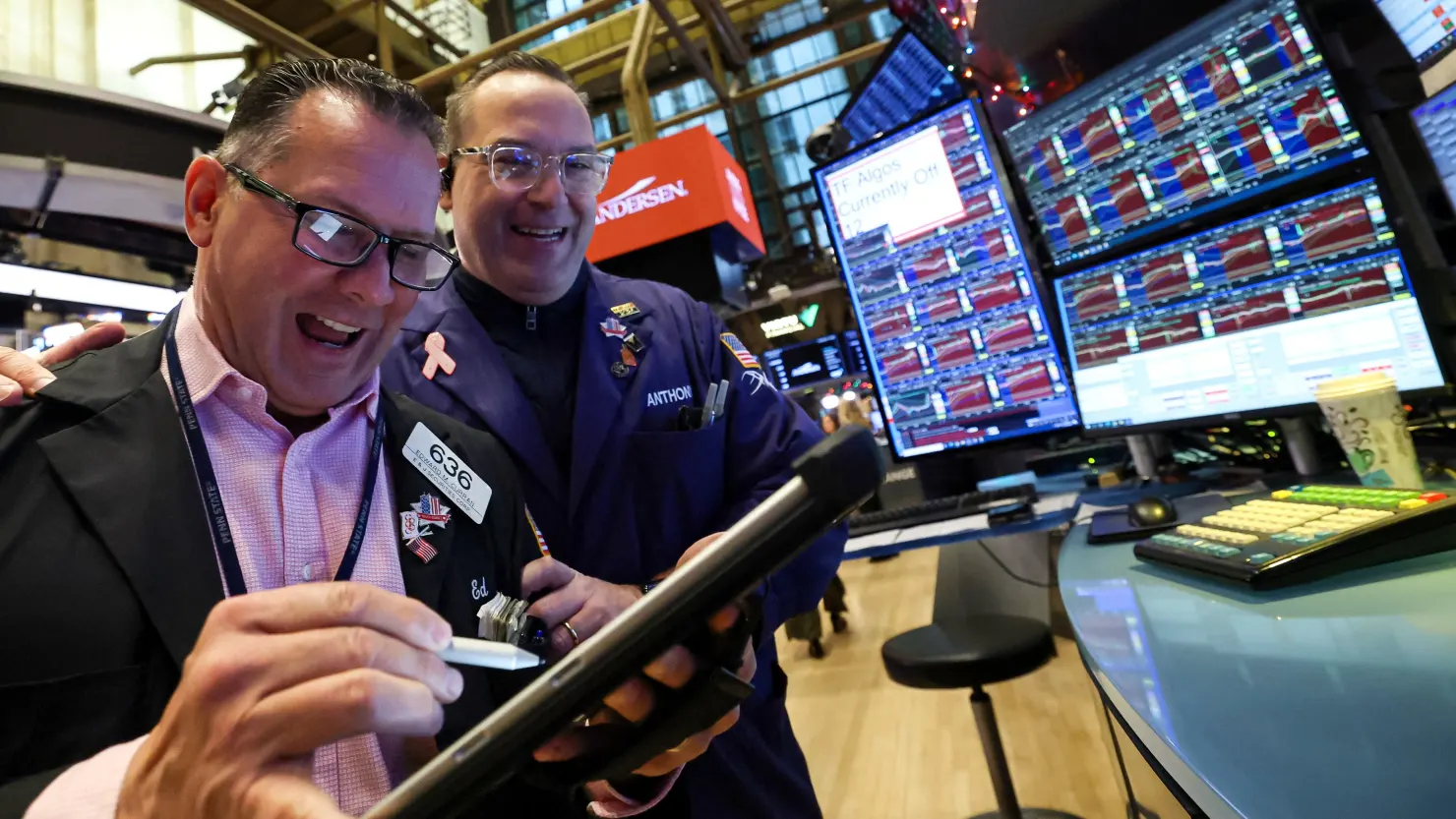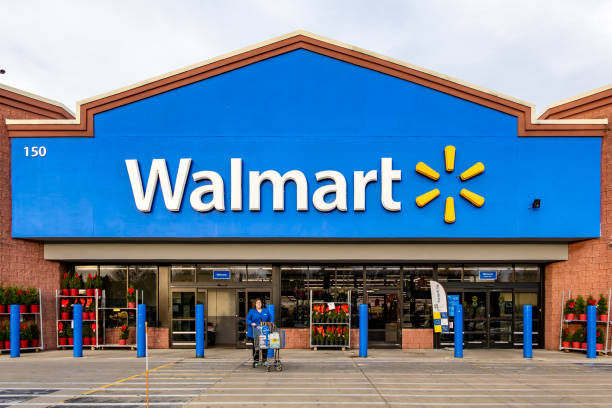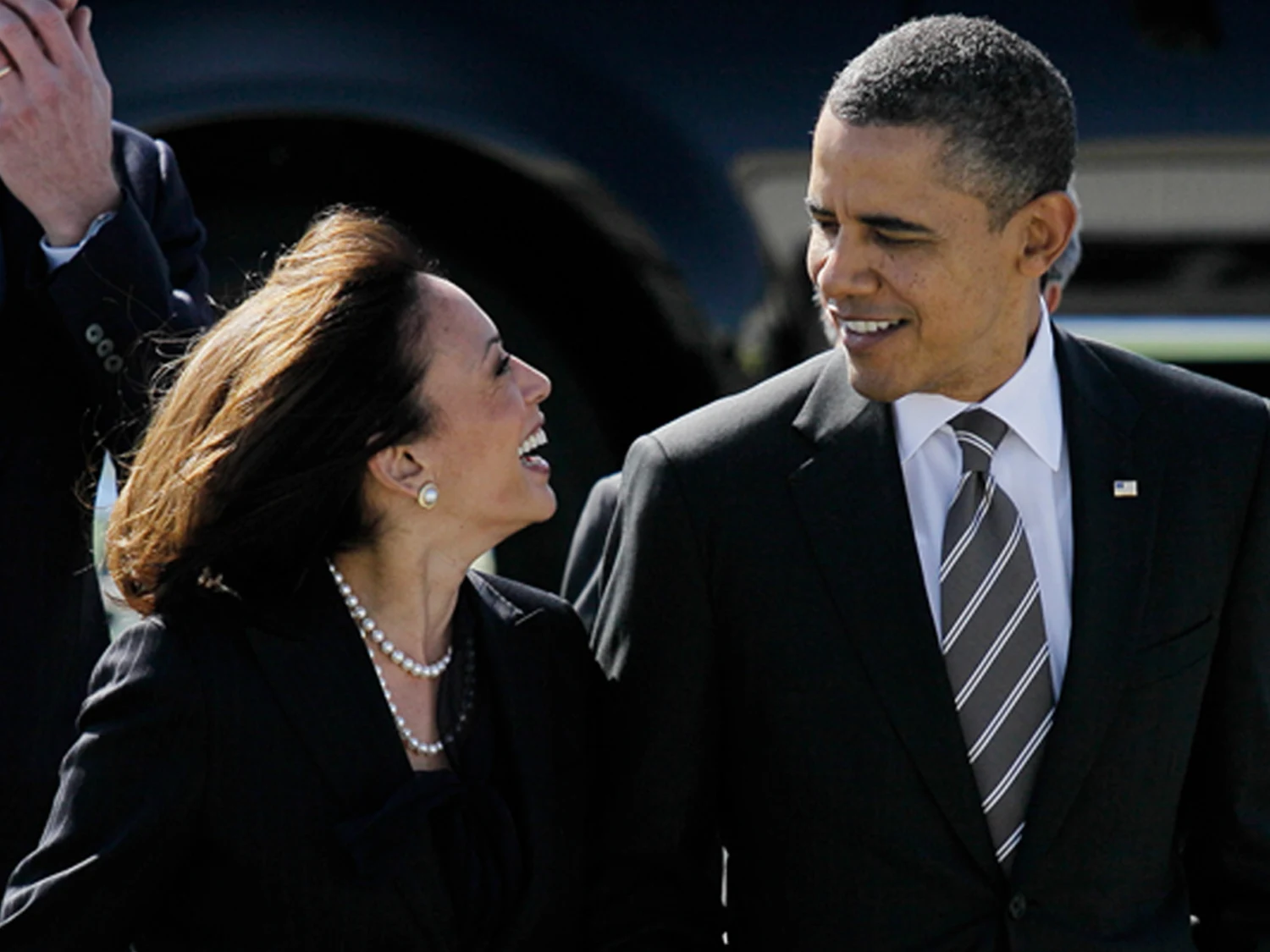A brewing standoff between President Donald Trump and Walmart is drawing national attention as new tariffs begin to bite, putting America’s largest retailer in the uncomfortable position of passing cost increases onto customers.
Walmart recently signaled that US consumers will start to feel the impact of higher prices due to a fresh round of tariffs imposed by the Trump administration. Company executives, including Chief Financial Officer John David Rainey and CEO Doug McMillon, warned that price increases could begin appearing on store shelves by late May, with more substantial hikes likely in June. The remarks come at a time when many US retailers are evaluating how to respond to the rising cost of imports, especially from countries facing new tariffs such as China, Colombia, Costa Rica, and Peru.
In response, President Trump has publicly pushed back on those warnings, suggesting that retailers like Walmart should absorb the cost of tariffs instead of passing them on to consumers. Taking to Truth Social, Trump posted that Walmart and China should “EAT THE TARIFFS,” adding:
“I’ll be watching, and so will your customers!”
This public rebuke has added pressure on other major retailers—such as Home Depot, Target, and TJX Companies—who may now be wary of raising prices despite facing similar cost pressures. Walmart’s vast market share and reputation for offering low prices mean its actions often set the tone for the broader retail industry.
While the White House has refrained from mandating how companies should handle the tariff burden, Trump’s commentary comes amid broader concerns about economic stability. Moody’s recently downgraded the US sovereign credit rating, citing uncertainty tied in part to trade policy. This has contributed to a jittery stock market, with Walmart shares slipping over 1% in early trading following the downgrade and Trump’s remarks.
Treasury Secretary Scott Bessent attempted to walk a fine line during recent media appearances, noting that Walmart would absorb “some” of the tariffs, as it has in past years, but that not all costs could be contained. He emphasized that he was not exerting direct pressure on the retailer, despite the president’s sharp tone.
Behind the scenes, accounting and financial realities may leave retailers little choice but to raise prices. Walmart uses the Retail Inventory Method (RIM), a common practice in the industry, to account for the cost of goods. This method is sensitive to shifts in the “landed cost” of products—costs that now include higher import duties due to tariffs. CFO Rainey explained that RIM-based accounting can lead to unpredictable fluctuations in margins, as rising tariffs inflate costs that eventually have to be reconciled in earnings, even if masked by temporary shelf price hikes.
Experts say the situation presents a real challenge for companies operating with slim margins. According to retail consultant Neil Saunders, if Walmart signals price increases, “everyone else is going to have to follow suit.” Even with modern accounting tools, retailers like Walmart often stick to RIM for its efficiency in managing millions of items.
Despite the mounting tension, Walmart reported solid earnings for the first quarter, with revenue up 2.5% year-over-year to $165.6 billion and US same-store sales up 4.5%. The company’s e-commerce business also turned a profit for the first time.










The latest news in your social feeds
Subscribe to our social media platforms to stay tuned